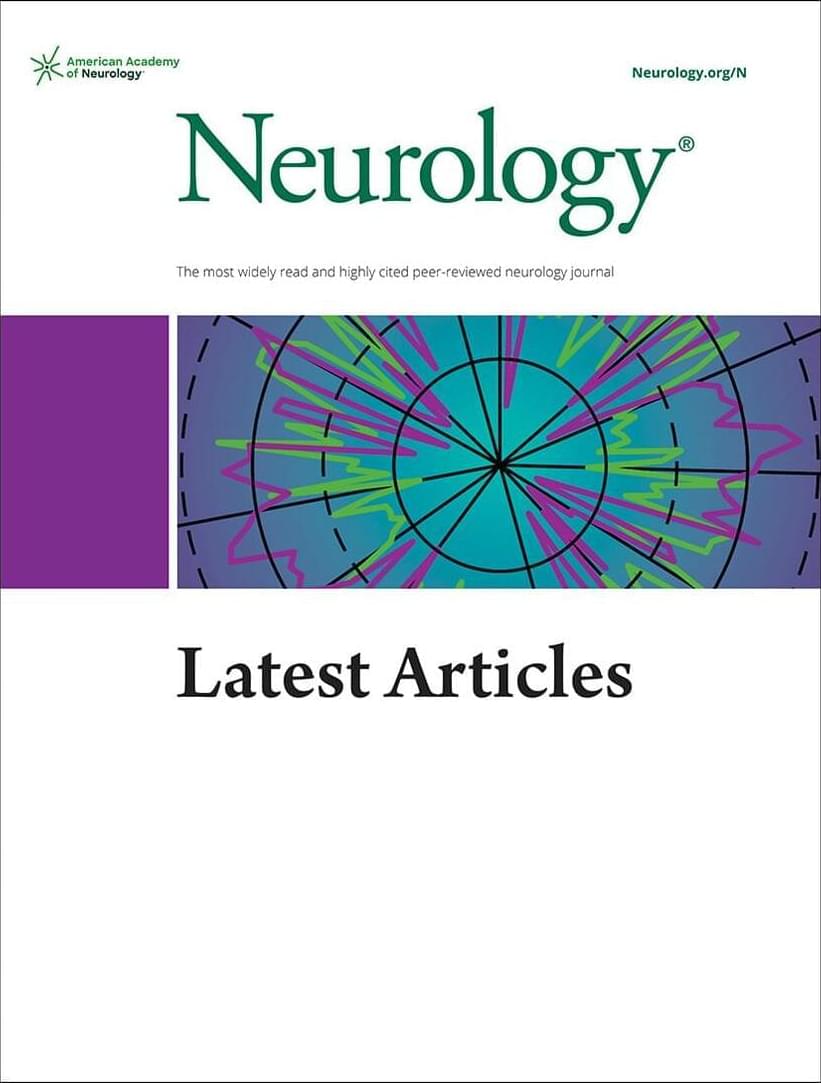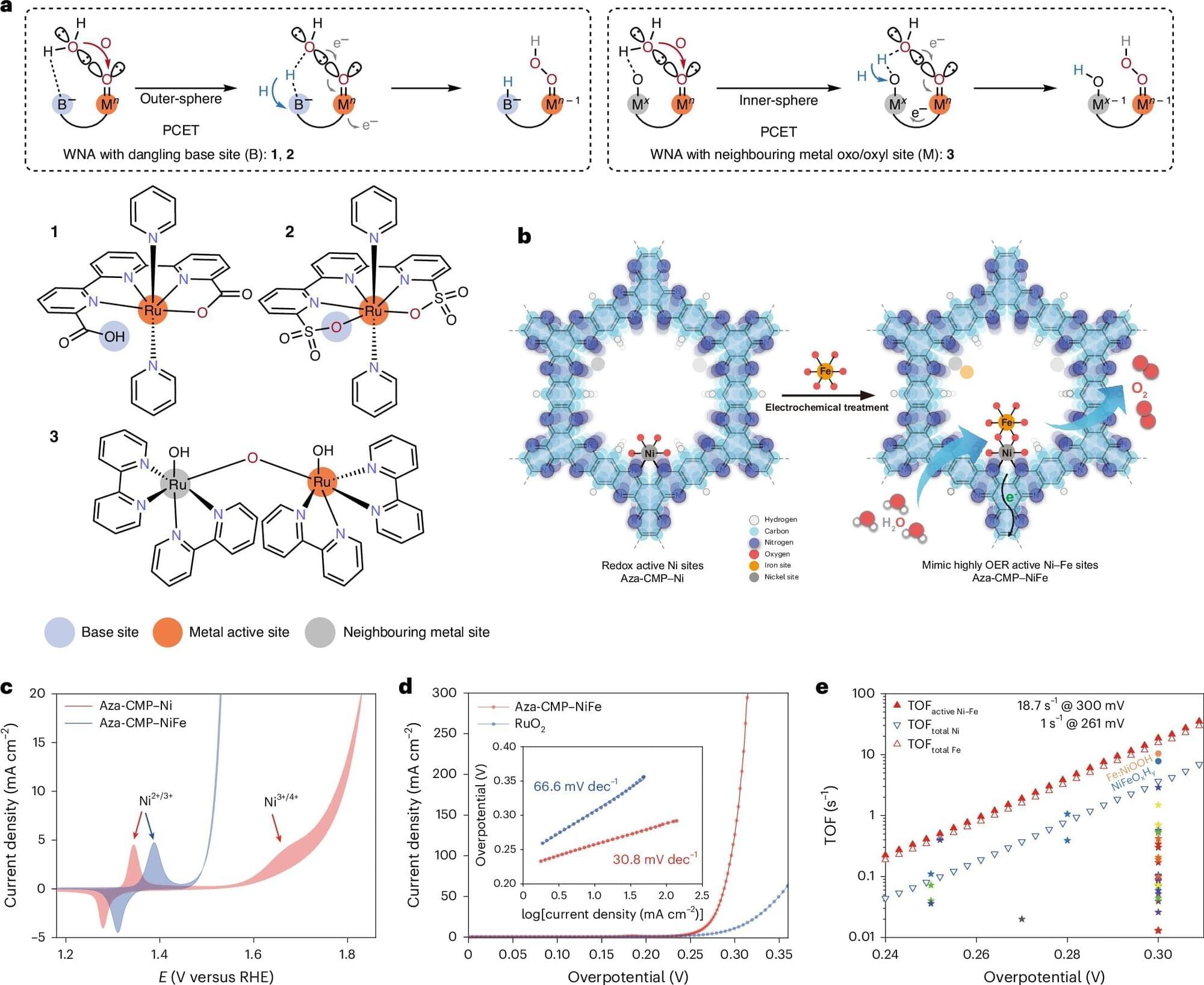CSF α-Synuclein Seed Amplification Assays and Alzheimer Disease Biomarkers in Dementia With Lewy Bodies: Presentation and Progression.



Non-conjugative plasmids limit their mobility to persist in nature.
Sabnis et al. explain why non-conjugative plasmids move at a low rate in nature. While increased mobility can easily evolve by incorporating phage DNA into plasmids, this is disadvantageous because it reduces diversity in populations. This ultimately leaves bacterial populations more vulnerable to being killed, for example by antibiotics.

In line with the original observation by Selye of an involution of the thymus and other lymphoid organs in response to stress (205) and the subsequent demonstration of the immunosuppressive effects of glucocorticoids (101), glucocorticoids have traditionally been seen as the hormonal mediators of the immunosuppressive effects of stressors. We will not delve into the details of the vast literature on the effects of stress on immunity, as this topic has been reviewed on several occasions and it is not directly relevant to the present review (3, 9, 160, 169, 204, 220).
Glucocorticoids act on their cellular targets by binding to glucocorticoid receptors (GRs). GRs normally reside in the cytosol in the form of a protein complex that brings together heat-shock proteins and FK506 binding protein 52. Upon binding to their ligand, GRs dissociate from this complex to form monomers or dimers and translocate to the nucleus The anti-inflammatory effects of glucocorticoids are mediated by transcriptional repression following nuclear translocation and tethering of monomeric GRs to the glucocorticoid-response elements of transcription factors such as NF-κB, activator protein (AP)-1, and IFN-regulating factor-3 (234). This results in the downregulation of genes coding for inflammatory mediators, enzymes, and adhesion molecules. Although the hypothesis is still controversial, GR dimerization and transactivation are thought to play an important role in the anti-inflammatory activity of glucocorticoids. This phenomenon is illustrated by data obtained in GR(dim/dim) mutant mice that show reduced GR dimerization and increased sensitivity to TNF-induced inflammation, and to experimental models of sepsis induced by LPS or cecal ligation and puncture (123, 235).
Glucocorticoids can be proinflammatory under certain conditions. This effect can be secondary to the selection of corticoid-resistant inflammatory cells, such as pathogenic Th17 cells that overexpress IL-23 receptor and multidrug-resistance protein and that are found in inflamed gut tissue from patients with Crohn’s disease (186). The proinflammatory effect of glucocorticoids may also result from inhibition of the production and release of anti-inflammatory factors, or conversely from enhanced production and release of proinflammatory mediators. In the first case, dexamethasone administered 24 h before LPS was found to enhance the placenta’s proinflammatory cytokine response to LPS as a consequence of the inhibition of lipoxin A4 synthesis (255). In the second case, it is the dose of glucocorticoids that makes the difference: as mentioned above, physiological glucocorticoid levels can be proinflammatory in some circumstances, whereas high or pharmacological levels are anti-inflammatory. For instance, low doses of glucocorticoids increase the production of macrophage migration inhibitory factor, and this effect is sufficient to override glucocorticoid-mediated inhibition of cytokine production and release by LPS-stimulated monocytes (39).
Students use AI to write papers, professors use AI to grade them, degrees become meaningless, and tech companies make fortunes. Welcome to the death of higher education.

An international collaboration led by Cornell researchers used a combination of psilocybin and the rabies virus to map how—and where—the psychedelic compound rewires the connections in the brain.
Specifically, they showed psilocybin weakens the cortico-cortical feedback loops that can lock people into negative thinking. Psilocybin also strengthens pathways to subcortical regions that turn sensory perceptions into action, essentially enhancing sensory-motor responses.
The findings were published Dec. 5 in Cell. The lead author is postdoctoral researcher Quan Jiang.
Let’s unravel the mind-bending dimensions outside OUR reality ♾️ 👉 Grab your free seat to the 2-Day AI Mastermind: https://link.outskill.com/BEYIDEASDEC2🔐…

There is high global demand for critical metals, and many countries want to try extracting these sought-after metals from the seabed. An international study, which has discovered large numbers of new species at a depth of 4,000 meters, shows that such mining has less of a negative impact than expected. However, species diversity declined by a third in the tracks of the mining machine.
In a major research project, marine biologists from several countries have attempted to map life in one of the least explored places on Earth: the deep-sea floor of the Pacific Ocean.
The study, published in Nature Ecology and Evolution, would not have been possible without significant commercial and geopolitical interest in the area.

A recent advance in the science of hydrogen fuel production could enable higher output and more sustainable production of this renewable energy source, researchers with Stockholm’s KTH Royal Institute of Technology report.
The findings result from unprecedented atomic-scale observations of how catalysts perform in the slow and expensive process of water splitting, or breaking the bond of oxygen and hydrogen. Using a unique set-up, they were able to produce hydrogen gas at rates comparable to or faster than state-of-the-art conventional catalysts.
What’s more, the catalyst remained in good condition after extended operation—a positive sign for commercial viability.

The microbe Pyrodictium abyssi is an archaeon—a member of what’s known as the third domain of life—and an extremophile. It lives in deep-sea thermal vents, at temperatures above the boiling point of water, without light or oxygen, withstanding the enormous pressure at ocean depths of thousands of meters.
A biomatrix of tiny tubes of protein, known as cannulae, link cells of Pyrodictium abyssi together into a highly stable microbial community. No one knew how these single-celled microbes accomplished this feat of extreme engineering—until now.
A study using advanced microscopy techniques reveals new details about the elegant design of the cannulae and the remarkable simplicity of their method of construction. Nature Communications published the work, led by scientists at Emory University; the University of Virginia, Charlottesville; and Vrije Universiteit Brussel in Belgium.

Researchers from Skoltech, MIPT, and the RAS Institute of Nanotechnology of Microelectronics have achieved a five-fold increase in the capacitance of carbon nanowalls, a material used in the electrodes of supercapacitors. These are auxiliary energy storage devices used in conjunction with conventional accumulators in electric cars, trains, port cranes, and other systems.
A key characteristic of these devices, the capacitance of carbon nanowalls could be enhanced by treatment with an optimal dose of high-energy argon ions. The research is published in Scientific Reports.